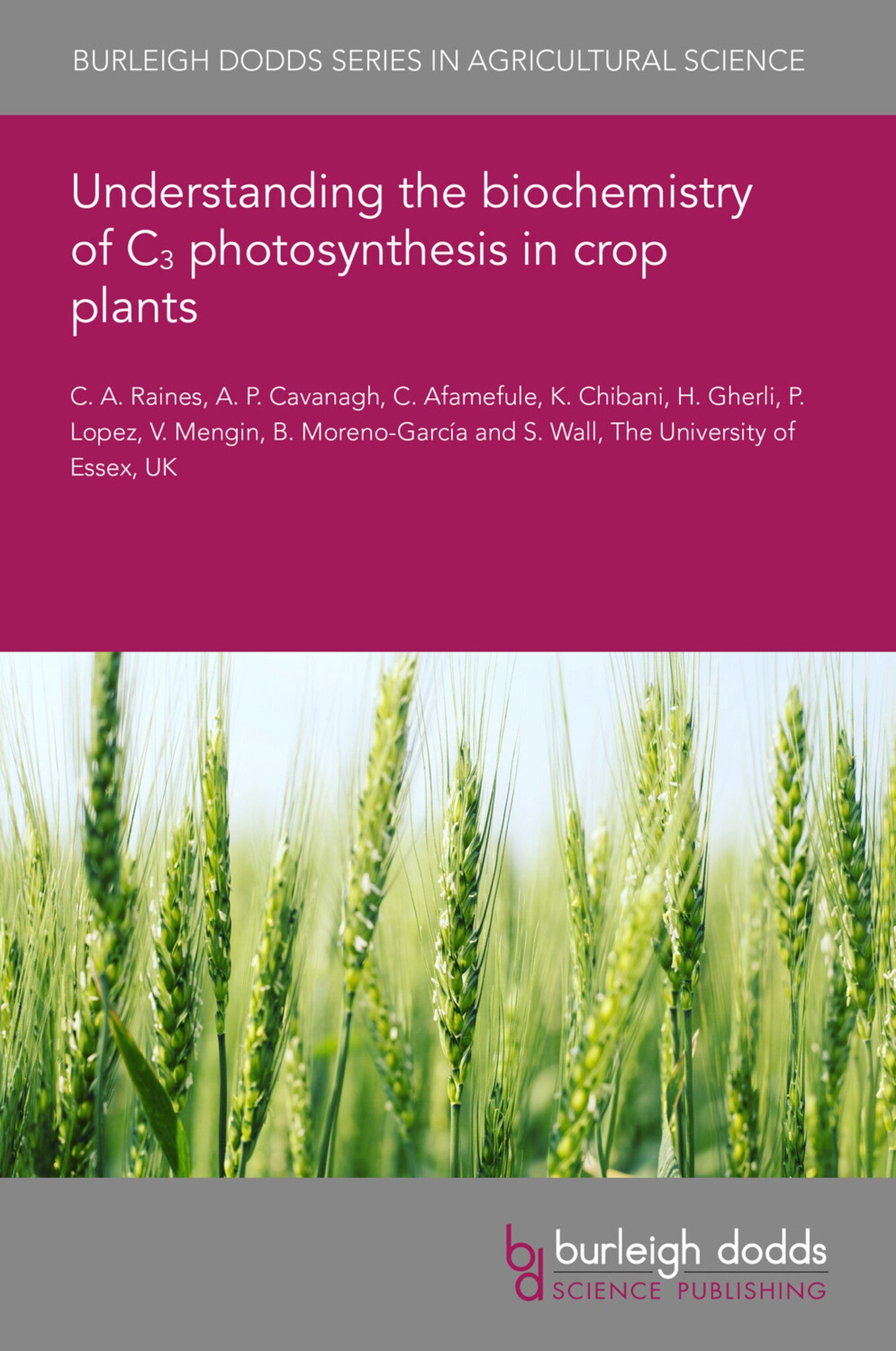We're sorry. An error has occurred
Please cancel or retry.
Understanding the biochemistry of C₃ photosynthesis in crop plants

Some error occured while loading the Quick View. Please close the Quick View and try reloading the page.
Couldn't load pickup availability
- Format:
-
09 January 2023

The C3 cycle is the primary biochemical pathway for fixation of atmospheric CO₂ in over 85% of plants, including the major crop species. This pathway is autocatalytic involving eleven enzymes catalysing 13 reactions and provides carbon compounds directly for the synthesis of isoprenoids, sucrose, starch, phenylpropanoids, thiamine and nucleotides. One focus of research on the C3 cycle has been to identify bottlenecks to provide strategies for improving crop yield. There have been one or two notable successes from this work, mainly in model species and in controlled environment conditions. Given that the C₃ cycle is highly conserved it is reasonable to predict that lessons learned from model plants will be transferable to crops. We provide an update on the current understanding of the biochemistry, regulation and limitations of the C3 cycle, and future questions to be addressed to enable improvement of the cycle to boost crop yields.

TECHNOLOGY & ENGINEERING / Agriculture / Agronomy / Crop Science, Plant biology, TECHNOLOGY & ENGINEERING / Agriculture / Sustainable Agriculture, Agricultural science, Sustainable agriculture, Agronomy and crop production

- 1 Introduction
- 2 The carboxylation phase
- 3 The reduction phase
- 4 The regeneration phase
- 5 Regulation of the C3 cycle enzymes
- 6 Approaches to determine which enzymes limit the flow of carbon through the C3 cycle
- 7 Future opportunities to improve the C3 cycle
- 8 Conclusion
- 9 Where to look for further information
- 10 References



